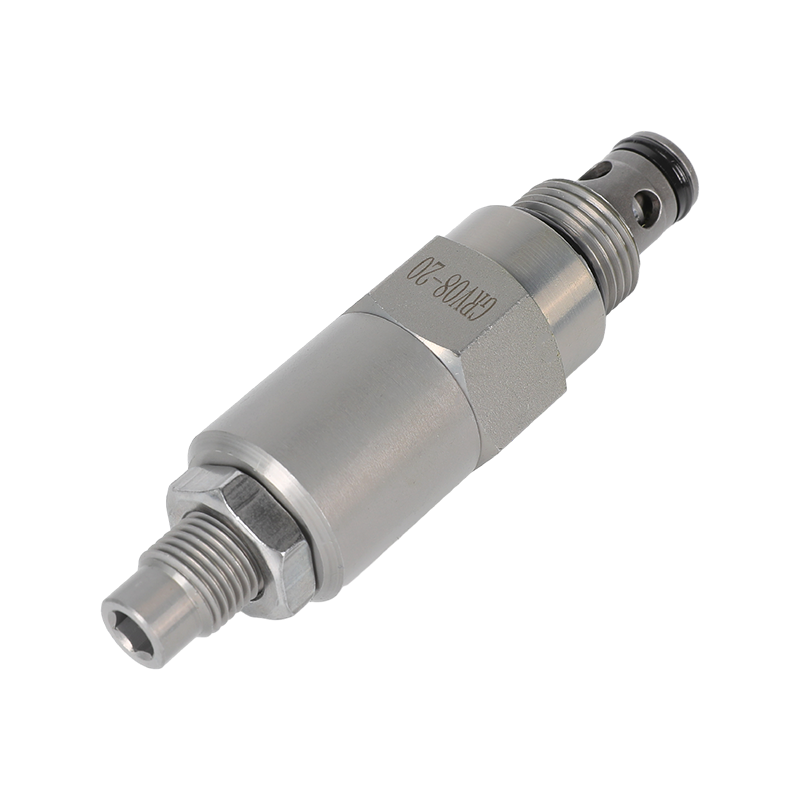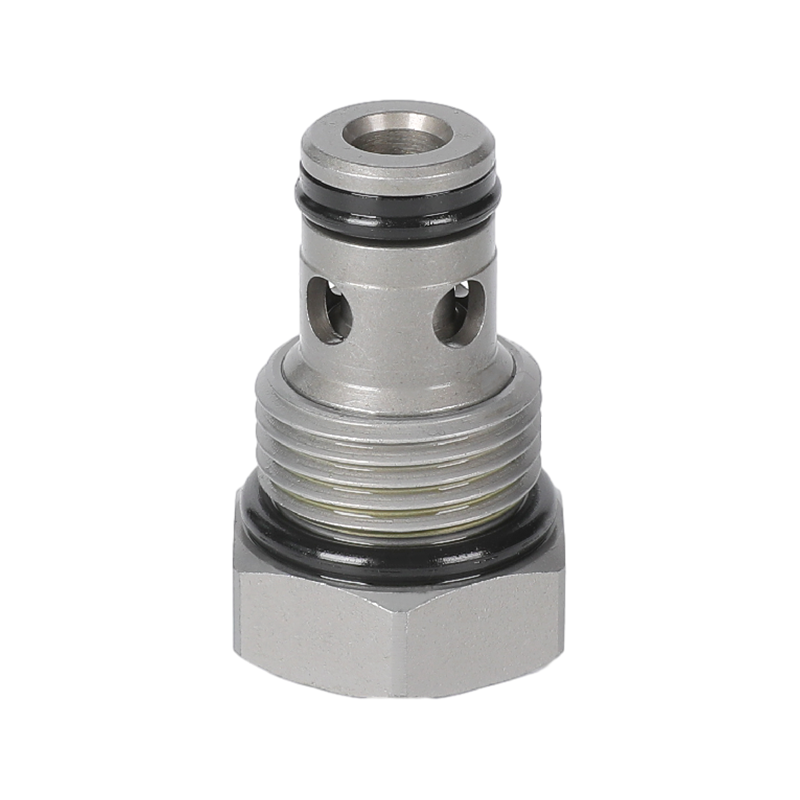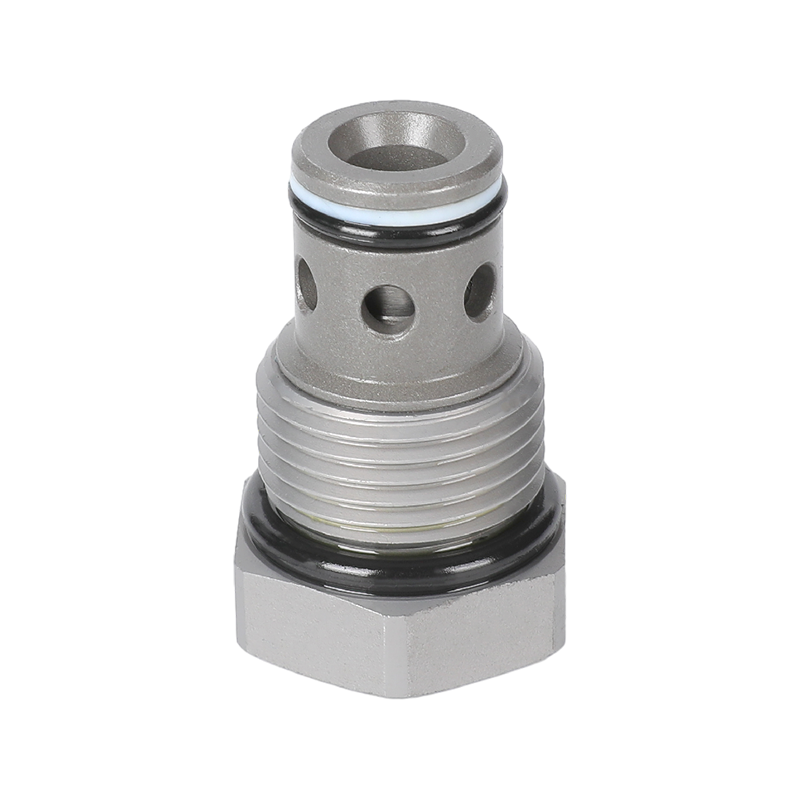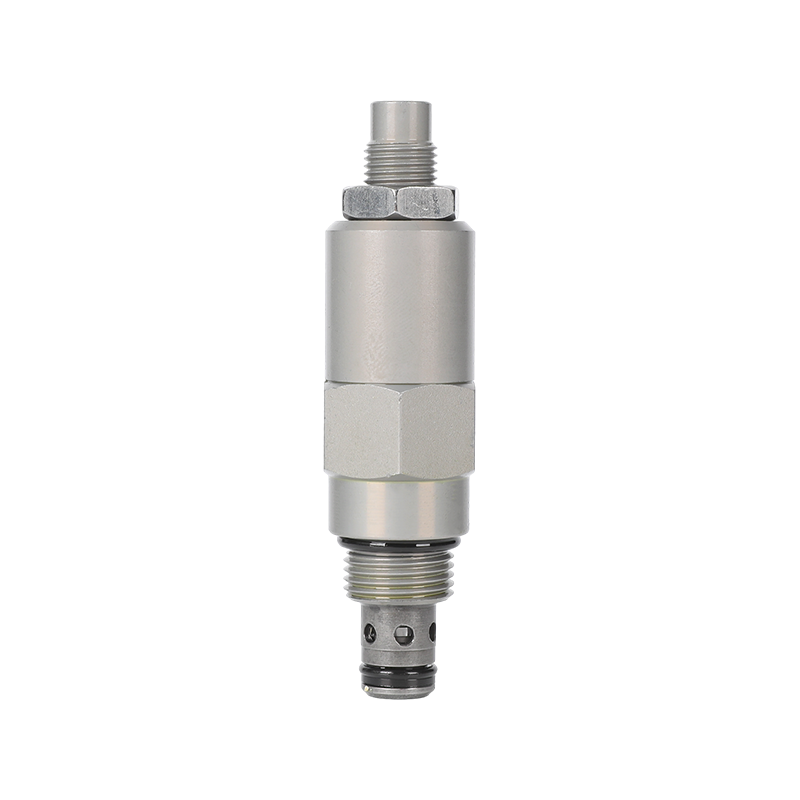1. Protect equipment from overpressure
One of the most important functions of a pressure control valve is to prevent the pressure in the system from exceeding the safe range. Excessive pressure can cause serious damage to equipment and pipelines, such as:
Pipeline rupture: When the pressure exceeds the pressure limit of the pipeline, the pipeline may rupture, resulting in fluid leakage and even fire or explosion.
Equipment damage: Pumps, valves, sensors and other equipment will be damaged under overpressure conditions, causing equipment failure and production downtime.
Pressure control valves monitor system pressure in real time and release excess pressure when necessary to ensure that all equipment is within the safe working range, thereby avoiding equipment damage and production downtime.
2. Optimize system efficiency
Pressure control valves help the system operate at maximum efficiency by ensuring that the pressure in the system is always within the optimal design range. Too high or too low pressure will affect system performance:
High pressure: Excessive pressure in the system will lead to energy waste, overload of equipment operation, and may even cause excessive heat and excessive wear.
Low pressure: If the system pressure is too low, it may cause the equipment to fail to perform to its maximum capacity, resulting in reduced production efficiency and unstable quality.
By regulating pressure, pressure control valves ensure that equipment works in optimal conditions, thereby improving the efficiency of the entire system and reducing energy waste.

3. Reduce equipment wear
Pressure fluctuations are one of the main causes of equipment wear in the system. Excessive pressure will put additional burdens on various components in the system (such as pumps, pipes, valves), which will accelerate the wear and aging of equipment. Here are the functions of pressure control valves:
Reducing equipment burden: Pressure control valves extend the service life of equipment by adjusting pressure levels to avoid excessive pressure on system components.
Reducing maintenance costs: By reducing equipment wear, pressure control valves help reduce long-term maintenance and replacement component costs and ensure continuous and stable operation of equipment.
4. Ensure safety and compliance
In many industries, ensuring that the pressure of equipment and systems is within the specified range is a mandatory requirement. National and industry safety regulations usually have clear provisions for pressure systems to ensure safe operation. Failure to comply with these regulations may result in:
Legal liability: If a safety accident occurs due to excessive or low pressure, the company may face legal proceedings and fines.
Plant shutdown: If the pressure exceeds the standard, it may cause the production line to be shut down, resulting in huge economic losses.
Pressure control valves help companies ensure that their systems meet industry standards and regulatory requirements, thereby avoiding legal risks and production interruptions.
5. Maintain process stability
In industries such as chemicals, oil processing, and pharmaceuticals, production processes often rely on very precise pressure control. For example, in chemical reactions, too high or too low pressure can affect the reaction rate or even lead to dangerous reactions. The role of pressure control valves is reflected in the following aspects:
Maintain consistency: The pressure control valve continuously adjusts the pressure to ensure that the pressure during the production process remains at an optimal level to avoid product quality due to pressure fluctuations.
Avoid process interruptions: Any unnecessary pressure fluctuations may cause the production process to be interrupted, and pressure control valves can help ensure that the process is stable and reduce unplanned downtime.
6. Energy saving and consumption reduction
Excessive pressure will increase the burden on equipment such as pumps and compressors, thereby consuming more energy. Excessive pressure may cause the system to become less efficient and unable to fully realize its potential. Pressure control valves can adjust pressure and optimize energy consumption. Specifically:
Prevent excessive energy consumption: By ensuring that the equipment operates within the optimal pressure range, pressure control valves reduce energy loss in the system.
Improve system efficiency: The right pressure ensures that equipment works efficiently, saving energy and reducing long-term operating costs.
7. Prevent pressure shocks
Pressure shocks, especially when pumps start and stop or valves switch quickly, can cause dramatic fluctuations in pipelines, which can cause pipeline ruptures or damage valves and other equipment. This phenomenon is called water hammer. The working principle of pressure control valves can effectively reduce pressure shocks:
Relieve water hammer: Pressure control valves can prevent sudden pressure changes and avoid water hammer by adjusting flow and pressure.
Protect system components: By smoothing pressure changes, pressure control valves effectively reduce damage to pipelines and other equipment caused by pressure shocks.
8. Improve system flexibility
The system may encounter pressure changes under different working conditions, such as temperature changes, load fluctuations, etc. Pressure control valves have high flexibility and can adjust pressure according to these changes:
Automatic adjustment: When the system load or working conditions change, the pressure control valve can automatically adjust the pressure to ensure stable operation of the system.
Strong adaptability: This flexibility allows the system to always maintain optimal working conditions in a changing environment, regardless of how external conditions change.
9. Simplify system design
Without pressure control valves, designers need to add more safety measures to deal with possible pressure fluctuations, such as adding thicker pipes, strengthening equipment or adopting complex redundant systems. This will make system design more complex and costly. Pressure control valves can:
Reduce design complexity: By installing pressure control valves at key locations, designers can simplify system design and improve system reliability and maintainability.
Reduce costs: Without the need for additional pressure protection devices, pressure control valves reduce design and construction costs.
10. Safety in critical systems
In some high-risk applications, such as medical gas systems, fire protection systems, and aviation hydraulic systems, the role of pressure control valves is particularly important. Once problems occur in these systems, they may pose a great threat to personnel safety, equipment safety or the environment. The functions of pressure control valves are crucial in these systems, as follows:
Ensure personnel safety: For example, excessive pressure in medical gas systems may cause gas leaks or explosions, and pressure control valves can effectively prevent these risks.
Ensure equipment functions: In aviation hydraulic systems, any pressure fluctuations may affect the aircraft's handling performance. Pressure control valves ensure that the system pressure operates stably and ensures the safety and reliability of equipment.

 English
English русский
русский
 ++86-0575-87669088
++86-0575-87669088


